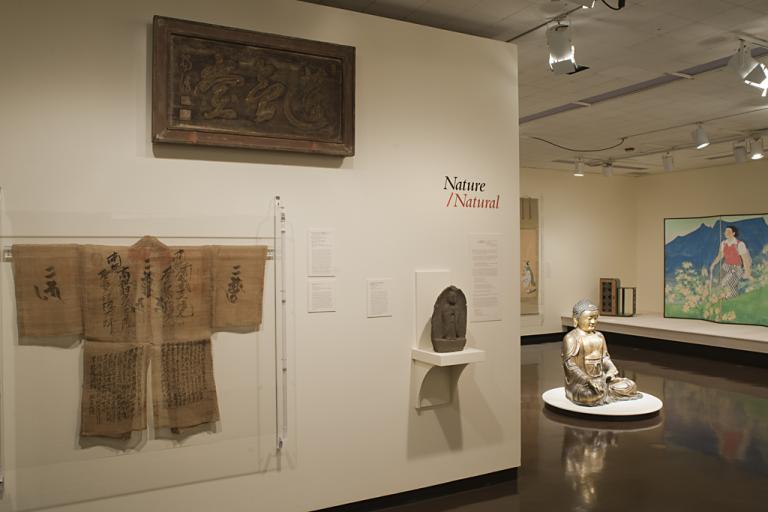#51 深川万年橋 Fukagawa mannenbashi (Mannen Bridge in Fukagawa), Utagawa Hiroshige
Artwork Overview
Utagawa Hiroshige, artist
1797–1858
#51 深川万年橋 Fukagawa mannenbashi (Mannen Bridge in Fukagawa),
1857, Edo period (1600–1868)
Portfolio/Series title: 名所江戸百景 Meisho Edo Hyakkei (One-hundred Views of Famous Places in Edo)
Where object was made: Japan
Material/technique: color woodcut
Dimensions:
Object Height/Width (Height x Width): 337 x 225 cm
Object Height/Width (Height x Width): 132 11/16 x 88 9/16 in
Mat Dimensions (Height x Width): 19 x 14 in
Object Height/Width (Height x Width): 337 x 225 cm
Object Height/Width (Height x Width): 132 11/16 x 88 9/16 in
Mat Dimensions (Height x Width): 19 x 14 in
Credit line: William Bridges Thayer Memorial
Accession number: 1928.7278
Not on display
If you wish to reproduce this image, please submit an image request



